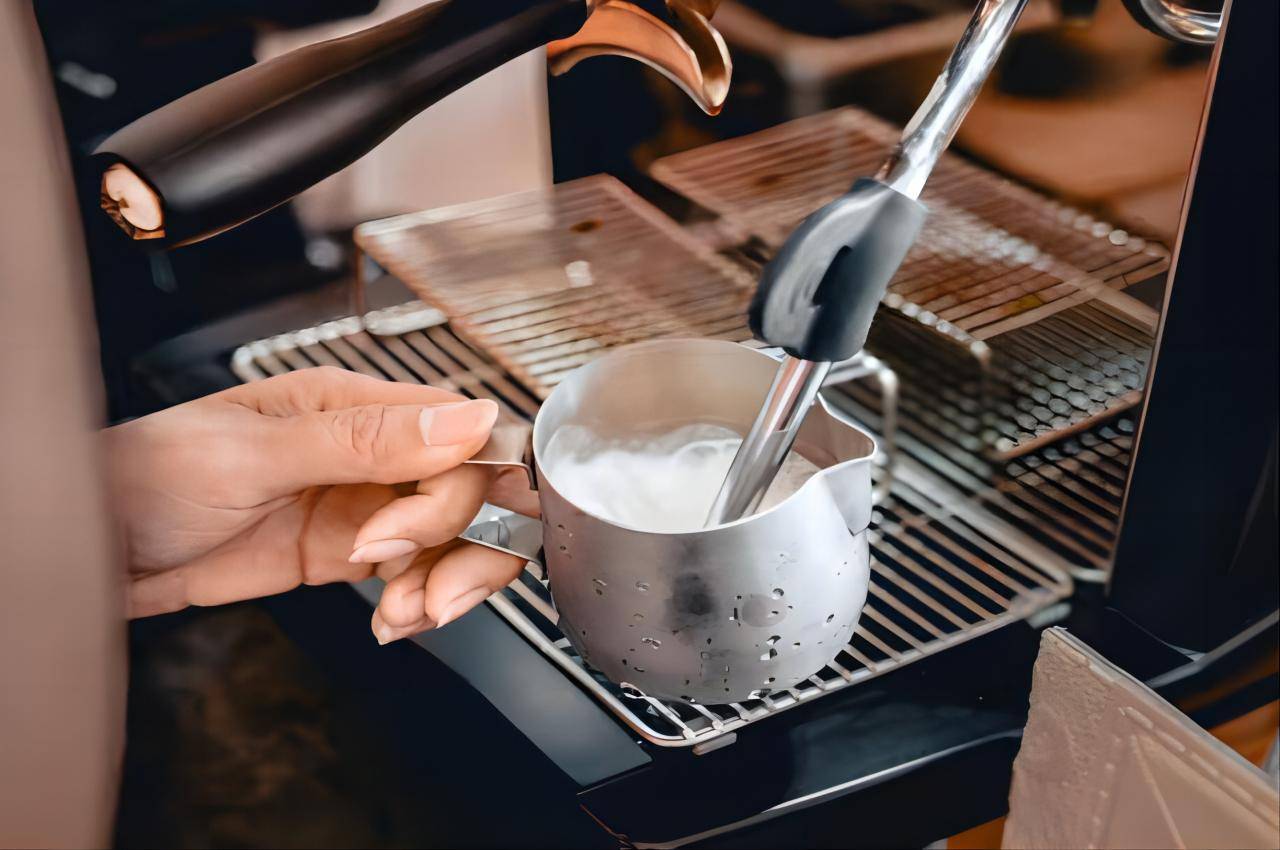What tips should you consider for using a steam wand to froth milk?
If you’re someone who dreams of crafting café-quality lattes, cappuccinos, or macchiatos in the comfort of your own kitchen, you’ll need to master the steam wand—a tool that holds the secret to luxurious, creamy milk froth.
But don’t worry if you’re new to it; using a steam wand effectively is easier than you think when you have the right guidance.
Subscribe
To join our mailing list and never miss event update!
Why Does Milk Frothing Matter?

Start with the Right Milk

Preparation Is Key
The Step-by-Step Process

Fine-Tune Your Technique
What Happens After Frothing?
Troubleshooting Common Issues

Final Words
Now that you’ve learned the basics, why not take your milk frothing to the next level? At CASABREWS, we provide high-quality coffee machines with advanced steam wands to make frothing easier and more precise. Whether you’re a beginner or an experienced barista, our machines empower you to create perfect froth for your lattes and cappuccinos.
Plus, our CASABREWS Coffee Recipes section offers inspiration for unique and delicious coffee creations. Check it out and expand your coffee repertoire with seasonal recipes, new flavor combinations, and latte art tutorials.
Subscribe
To join our mailing list and never miss a baby update!


